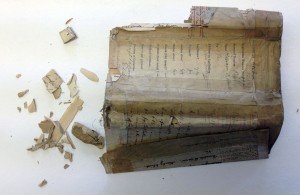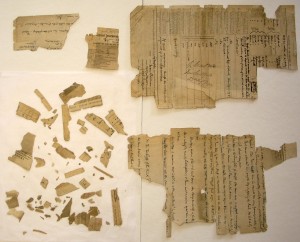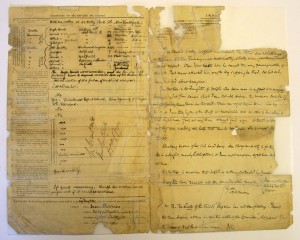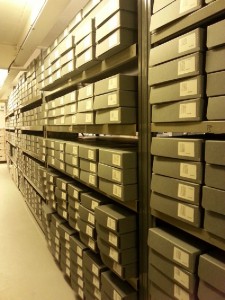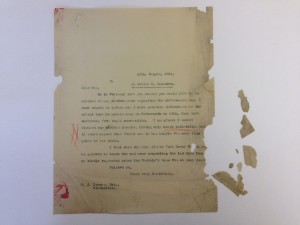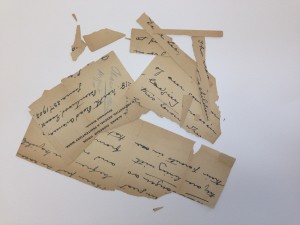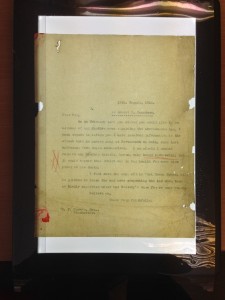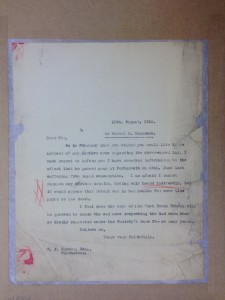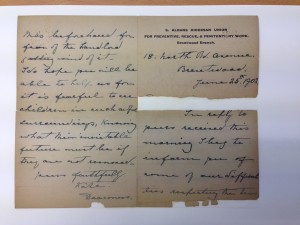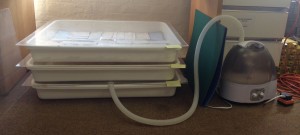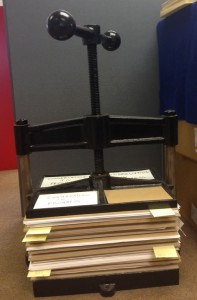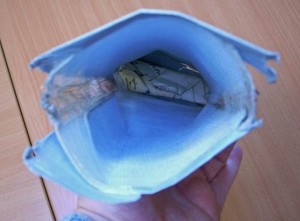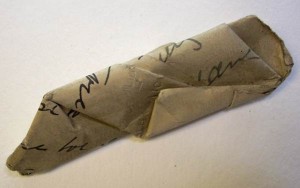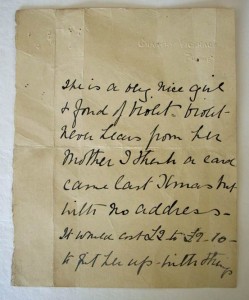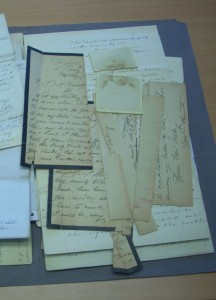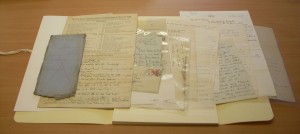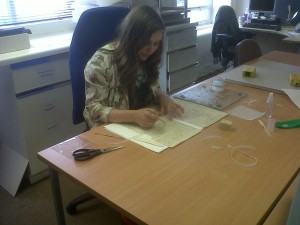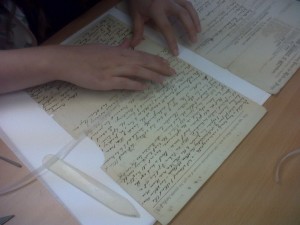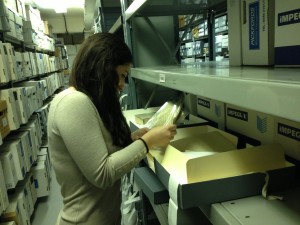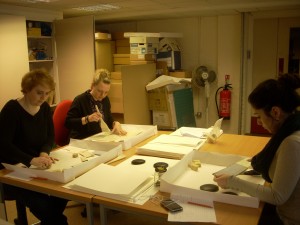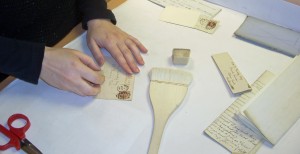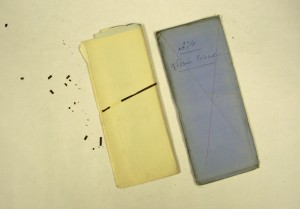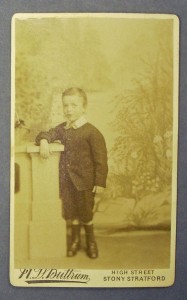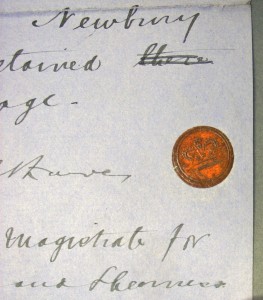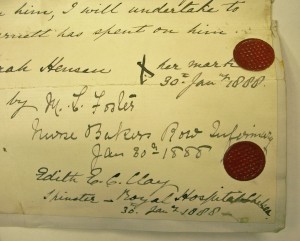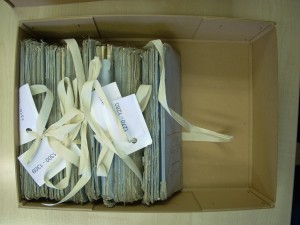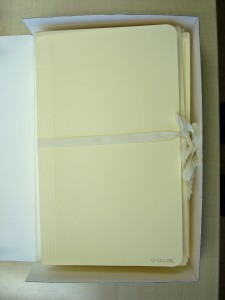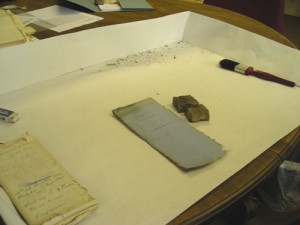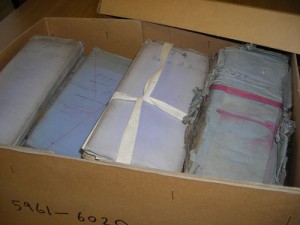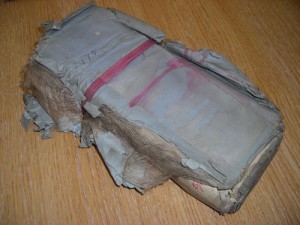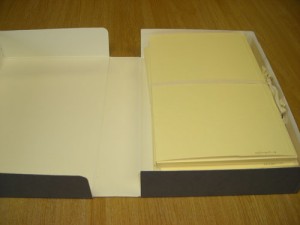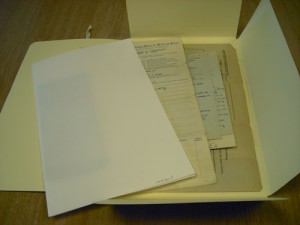This blog – written by one of our volunteers, Rod Cooper – takes a look at The Children’s Society Archive and the recognition by UNESCO of its historical importance.
Sharing company with the likes of the Death Warrant of King Charles I and the 1689 Bill of Rights, it is a measure of the status and historical importance of The Children’s Society’s Archive that it too, has been inscribed on the UK’s Register of UNESCO’s Memory of the World; an internationally recognised listing instituted to preserve, protect and ensure availability for posterity valuable archival and library collections. Memory of the World promotes the need to safeguard the world’s documentary heritage against, collective amnesia, neglect, the twin impacts of time and climatic conditions, and intentional and conscious destruction.
The Memory of the World Programme was instituted by UNESCO (the United Nations Educational, Scientific and Cultural Organisation) in 1993, and the inaugural entry onto its Register followed in 1997. To date there are something of the order of 70 entries on the UK’s own Register.
Qualification for inscription on the United Kingdom’s own Memory of the World Register is overseen by UNESCO’s UK National Commission (UKNC), which meets once a year to assess and evaluate nominations submitted by institutions from across the country. Numerous criteria are considered by the UKNC during the audit process, including the age of the archive or collection under review, and the location and people involved – a recognition that these criteria may reflect significant social or cultural change, description of physical environments long-since vanished and significant aspects of human behaviour and social development. Other important criteria include the subject and theme, the form and style, and the social significance of the material under review. The Commission also consider the rarity and integrity of the collections submitted for review, plus the threats to their survival and the plans relating to future conservation and preservation.
The range and breadth of the The Children’s Society Archive is extensive, including accounts and records of individual homes, an extensive collection of photographic material, and documents and correspondence reaching back to Edward Rudolf’s first tentative steps in establishing the Waifs and Strays Society in 1881. Perhaps the most attractive and compelling aspect of the Archive – its cornerstone, in fact – are the individual case files relating to all those children taken into the care of The Children’s Society during the century period from 1882 until the 1980s. Not surprisingly, it is this particular element of the collection that attracted the greatest attention from the UK National Commission.
The collection – much of which has undergone significant conservation and archival cataloguing in recent years with funding from the Wellcome Trust between 2013 and 2015 – comprises an estimated 140,000 case files recorded on paper and microfilm, each recording the individual experiences of children coming under the care of The Society. And with relatively few files missing to the collection (either to damage, decay or loss) the archive records a seamless history from the earliest days of The Society. As such it and contains unique information about the history and practice of childcare, behavioural and mental health issues, the diseases of poverty, nutrition, and children’s mental and physical development in Victorian and Edwardian times. These case files, coupled with the wider collection which covers the transactions of The Society and individual homes and initiatives, also document The Society’s response, and as such record pre-Welfare State philanthropic and medical responses to poverty, disease and disability.
https://youtu.be/SGeDtaBeXYo
The award of a place on the Registry was made on 23 May 2011, and followed a period in which there was a detailed and rigorous evaluation of the Archive’s collection. The subsequent elevation of the Archive to the National Commission’s Registry, and its entry on the Registry’s website, not only reflected the Archive’s status and value, but also promoted its potential as a resource to researchers, institutions and historians interested in changing social norms and conditions over a hundred year period extending from the 1880s. And indeed, in the period since the award, The Children’s Society Archive – bolstered too by the parallel development of its Hidden Lives Revealed website – has been the recipient of increased interest and recognition of its social and historical significance.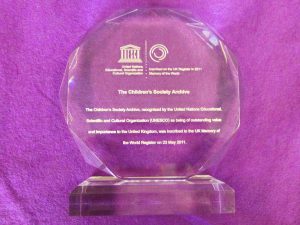
Find out more about The Children’s Society Archive:
- for information about The Children’s Society Archive’s ‘Hidden Lives Revealed’ web site: http://www.hiddenlives.org.uk/
- or you can consult the Archive’s on-line catalogue: http://www.calmview.eu/childrensociety/Calmview/
If you would would like to know about how The Children’s Society continues to change children’s lives today, visit the charity’s website: http://www.childrenssociety.org.uk/
© The Children’s Society

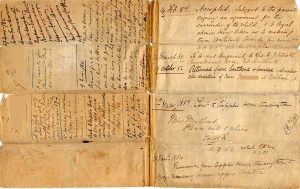
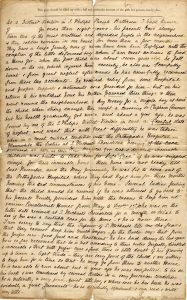

![A boy who was in the care of The Children's Society over 100 years ago. Modern photograph by: Wellcome Trust | Thomas S.G. Farnetti]](http://www.hiddenlives.org.uk/blog/wp-content/uploads/2015/06/C0107829_resize1-300x200.jpg)
